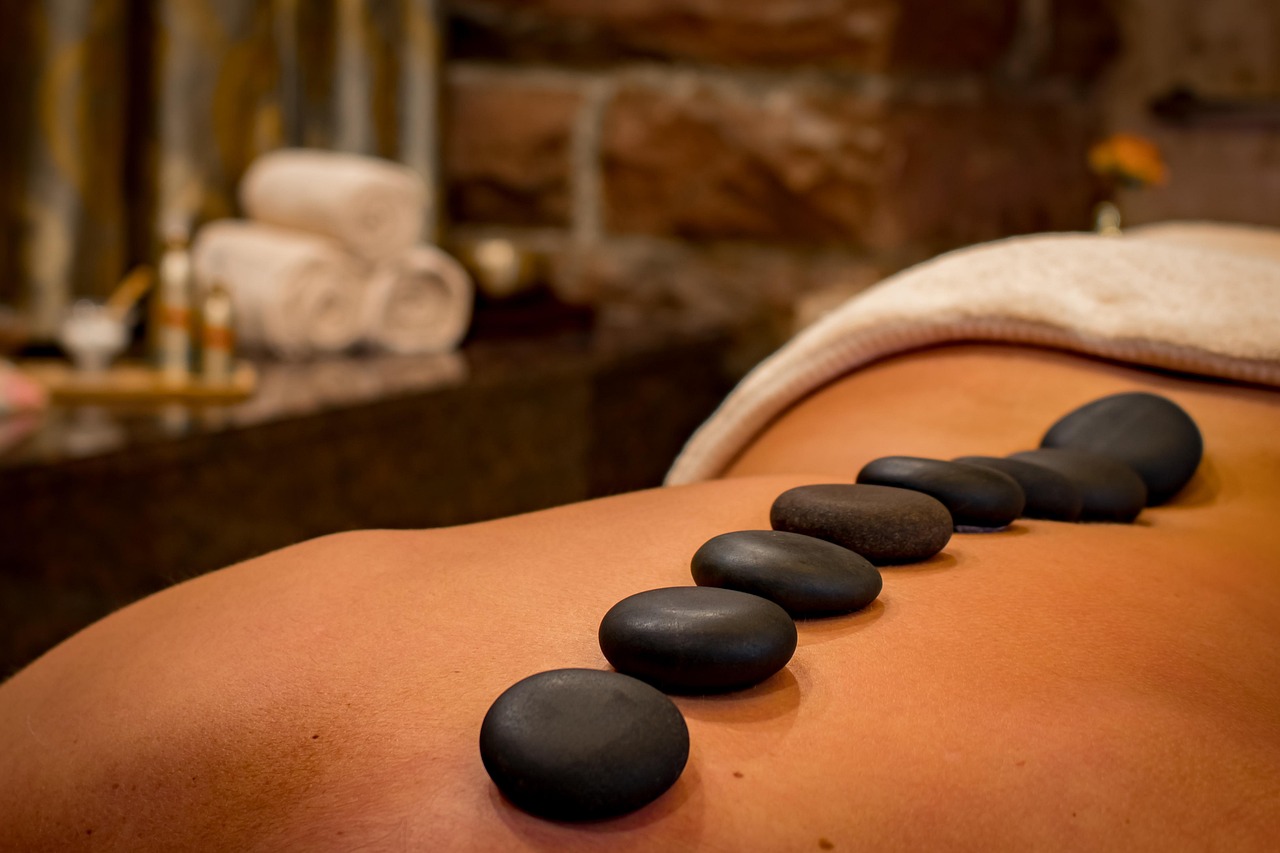Explore the intriguing world of psychological research to understand how pleasure works in the human brain, and how it influences our behavior and happiness.
Pleasure is more than just fleeting moments of joy—it’s a complex psychological phenomenon that shapes our behaviors, influences our emotions, and affects our overall well-being. In this exploration, we dive deep into the psychology behind pleasure, unraveling the neurobiological mechanisms and the crucial roles played by neurotransmitters such as dopamine and serotonin. We also examine various psychological theories that help explain why certain experiences captivate us and bring us joy. By unpacking the science of pleasure, we gain insights into its profound impact on our mental health and discover strategies to leverage its benefits, enhancing our everyday lives.
Understanding the Psychology Behind Pleasure: Mechanisms and Impacts
The psychology of pleasure is a rich field that brings together insights from neuroscience, cognitive psychology, and emotional research. Let’s delve into how these elements shape our understanding of pleasure.
Neurobiological Foundations
Pleasure stems from complex interactions within the brain’s reward system.
- The Role of Neurotransmitters: Dopamine and serotonin are key neurotransmitters in the pleasure experience. Dopamine, the “feel-good” neurotransmitter, is crucial in the reward pathway, affecting both the anticipation and experience of pleasure. Serotonin enhances our feelings of well-being and happiness, influencing how much pleasure we get from different activities.
- Brain Regions Involved: The nucleus accumbens, prefrontal cortex, and amygdala are pivotal in processing pleasurable experiences. These areas affect our emotional responses and drive our motivations.
Psychological Theories and Models
Several theories provide insights into the psychological basis of pleasure.
- Hedonic Treadmill Theory: This theory suggests that people return to a stable level of happiness despite significant changes or events in their lives, indicating that the pursuit of pleasure alone may not result in long-term happiness.
- Incentive-Salience Theory: This model differentiates between the desire for a reward (“wanting”), driven by dopaminergic pathways, and the actual enjoyment of receiving the reward (“liking”).
Emotional and Cognitive Aspects
Our emotions and thoughts play crucial roles in how we perceive and seek pleasure.
- Emotional Responses: Pleasurable activities often elicit strong emotional reactions that can reinforce behaviors and shape our preferences. These positive emotions can also help mitigate stress and decrease the risk of mental health issues.
- Cognitive Evaluations: Our beliefs about certain activities can influence how enjoyable they are. Expecting an activity to be enjoyable typically enhances the pleasure we derive from it, underscoring the importance of mindset and expectations.
Social and Cultural Influences
Our social environment and cultural background also shape how we experience and pursue pleasure.
- Cultural Differences: Various cultures may encourage or discourage certain types of pleasure, affecting how individuals from those cultures experience joy.
- Social Connections: Engaging with others can significantly boost pleasure. Social interactions activate brain areas related to pleasure and can improve emotional well-being.
The Complex Psychology of Pleasure
By understanding the psychology behind pleasure, we recognize its complexity and its crucial role in our lives. Knowing how our brains, emotions, and social contexts interact enables us to better utilize pleasure to enhance our mental health and overall happiness.
FAQs
How can I increase my capacity for pleasure?
- Engaging in diverse and meaningful activities, building positive relationships, and maintaining a healthy lifestyle can all heighten your ability to experience and enjoy pleasure.
Can too much pleasure be detrimental?
- Yes, consistently seeking high levels of pleasure without balance can lead to adverse outcomes like addiction or neglect of other vital life aspects. Moderation is essential.
This practical understanding of pleasure is not merely academic; it provides strategies to enhance our daily lives and improve well-being through scientifically backed methods.




